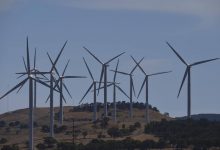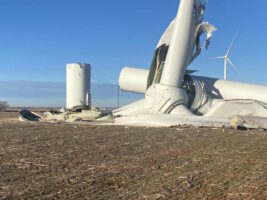Texas is entering 2019 with an energy mix made up of over 30 per cent carbon-free electricity generation, thanks primarily to the largest concentration of wind power in the United States.
The Electric Reliability Council of Texas (ERCOT), the state’s grid operator responsible for 90 per cent of Texas’ electricity load, published figures last week for 2018 and looking forward to 2019 which showed wind energy’s continued growth in a region, traditionally remembered as dominated by the oil industry.
However, over the last decade, wind energy has made significant inroads, as highlighted by two new records for the Texas wind industry.
Specifically, on December 14 wind generated a record 19,168 MW at just after midnight – highlighting winds ability to deliver relatively consistent generation at all times of the day – and on December 27 wind penetration hit a new record of 54.64 per cent of ERCOT’s total generation mix.
In all, through 2018, natural gas produced 167,202,212 MWh and accounted for 44.4% of ERCOT’s overall total, followed by coal which produced 93,249,395 MWh and 24.8%, and wind energy which produced 69,796,019 MWh accounting for 18.6%.
Despite coal beating out wind, however, carbon-free electricity generation still exceeded 30 per cent.
Moving into 2019 will see things continue to shift as they have over the last decade, with carbon-free electricity generation sources accounting for 31.8 per cent of capacity available in 2018. This is led by natural gas which accounts for 52.4 per cent of 2019 generation capacity and is followed by wind energy with 23.4 per cent and coal with 15.9 per cent.
What’s even more impressive, however, is how much wind and, in particular, solar is ready in the Texas pipeline.
According to Joshua Rhodes, research associate at the Energy Institute at the University of Texas at Austin, solar has overtaken wind energy in the ERCOT interconnection queue for the first time in recent years, boasting just over 40,000 MW of projects waiting to be connected, while wind energy sits just under the 40,000 mark.
And while these interconnection figures should be taken lightly – as, regardless of support and ambition, these figures always decrease by the time construction and connection comes around – it nevertheless highlights the potential boom for the solar and wind industries in 2019, and beyond.













